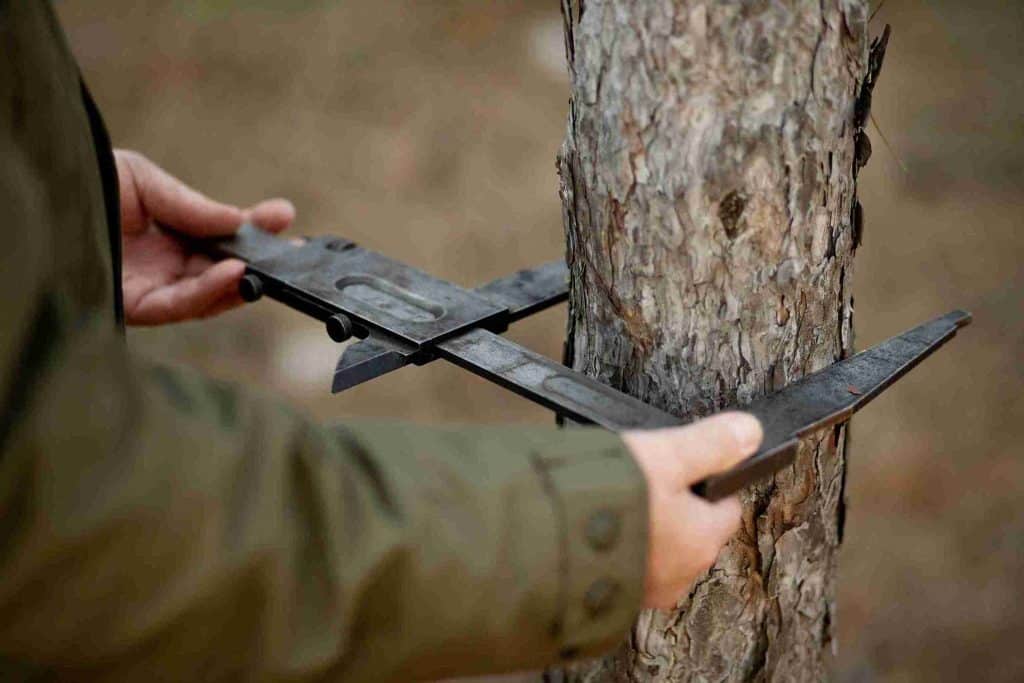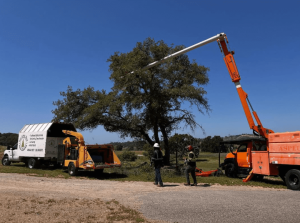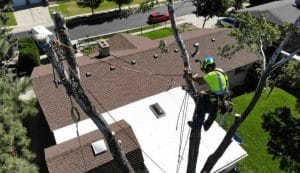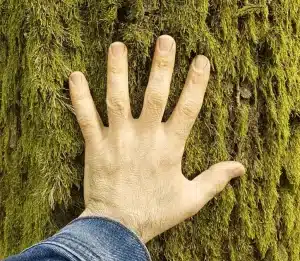Yes, in most neighborhoods you do need HOA approval to remove a tree, especially if it’s large, visible from the street, or part of the community’s landscaping rules. Homeowners associations often regulate tree removal to protect property values, maintain curb appeal, and ensure safety across the neighborhood. While there are exceptions, such as when a tree is dead, hazardous, or very small, it’s almost always safer to check with your HOA before cutting down any tree. You’ll find out exactly what you need to know in this article or this guide.
Table of Contents

Why HOAs Care About Tree Removal
HOAs exist to keep neighborhoods looking uniform, safe, and well-maintained. Trees play a big role in curb appeal, property values, and even safety. Removing a tree without permission may create conflicts, especially if:
- The tree adds to the neighborhood’s landscape design.
- The HOA has rules about maintaining shade, privacy, or green space.
- The tree’s removal could affect neighboring yards or sidewalks.
By asking for HOA approval first, you avoid breaking rules that could cost you in fines or require you to replant at your own expense.
Situations Where HOA Approval Is Required
In most cases, HOA approval is needed before removing a tree, especially if it’s large or visible from the street. Common rules that trigger approval include:
- Tree size: HOAs often regulate trees over a certain height or trunk width.
- Location: If the tree is in your front yard, near sidewalks, or part of community landscaping.
- Neighborhood design plans: Some trees are planted to provide uniformity or match the community’s original layout.
Even if the tree is on your property, it may still fall under HOA authority if it affects shared spaces or the overall look of the neighborhood.
When You May Not Need HOA Approval
There are exceptions. You might not need HOA approval if the tree is:
- Dead or hazardous: Most HOAs allow urgent removal of dangerous trees, like those leaning toward a house or with broken limbs.
- Small ornamental trees or shrubs: Many associations don’t regulate smaller plants.
- Covered by city codes instead: Some cities require permits for certain species, meaning HOA approval may not be the only step.
However, it’s always smart to notify your HOA. Even in emergencies, giving them a quick update prevents misunderstandings later.
The Risks of Skipping Approval
Removing a tree without HOA permission can create bigger problems than you expect. Some risks include:
- Fines or penalties: HOAs can issue financial penalties for breaking landscaping rules.
- Forced replanting: You may be required to replace the tree with a similar species, at your own cost.
- Neighbor disputes: If neighbors complain, you could face conflict with both them and your HOA.
- Legal issues: In some cases, ignoring HOA rules could escalate to legal action.
Getting approval first protects you from these consequences.
How to Request HOA Approval for Tree Removal
Every HOA has a slightly different process, but most follow similar steps:
- Check your HOA’s guidelines: Look at your Covenants, Conditions & Restrictions (CC&Rs) for landscaping rules.
- Document the reason: Take photos showing if the tree is diseased, damaged, or unsafe.
- Submit a request form: Many HOAs have online or paper forms for approval.
- Wait for review: Approval can take anywhere from a few days to a month, depending on the board’s schedule.
- Hire a licensed tree service: Most HOAs require professional removal to ensure safety and compliance.
Following the process ensures you stay on good terms with your HOA and neighbors.
Tips to Get Approval Faster
If you want to speed things up, try these approaches:
- Provide detailed photos of damage or disease.
- Include a note from a certified arborist confirming the tree’s condition.
- Suggest a replacement tree that meets HOA landscaping standards.
- Communicate early, especially before storm season when trees are more likely to cause damage.
The more information you give upfront, the smoother your approval process will be.
Balancing HOA Rules and Homeowner Rights
It can feel frustrating to ask permission for something on your own property. However, remember that HOAs are meant to protect property values and community appearance. If you follow the right process, you can usually remove unsafe or unwanted trees without issue. Knowing your rights and your responsibilities helps you avoid conflict while keeping your home safe and attractive.
Final Thoughts
So, do you need HOA approval to remove a tree? In most cases, yes. The safest step is always to check your HOA rules before making changes. If the tree is dangerous, let them know immediately so you can act quickly without facing penalties. By working with your HOA instead of against it, you’ll protect your property, maintain good standing in your neighborhood, and avoid costly mistakes.
FAQs
Do I need HOA approval to remove a tree?
Yes, most HOAs require approval before you remove a tree, especially if it’s large, visible, or part of community landscaping.
What happens if I cut down a tree without HOA approval?
You could face fines, be required to replant the tree, or even deal with legal issues depending on your HOA’s rules.
Are there cases where HOA approval isn’t needed?
Yes, in emergencies such as when a tree is dead, diseased, or poses immediate danger, HOAs typically allow removal without prior approval.
Can an HOA force me to plant a new tree?
Many HOAs require replacement if you remove a tree, especially in front yards or common areas, to maintain neighborhood appearance.
How do I get HOA approval for tree removal?
Submit a request form, provide photos, and if needed, include an arborist’s report. The HOA board will review and decide.
How long does HOA approval usually take?
Depending on your HOA, it can take anywhere from a few days to a month, so plan ahead before scheduling tree work.
What if city permits are also required?
Some cities require permits for specific tree species. In those cases, you’ll need both city approval and HOA approval.




